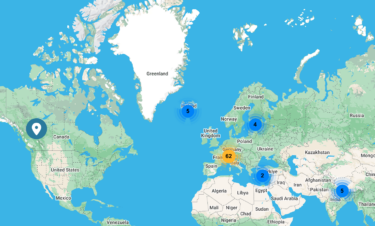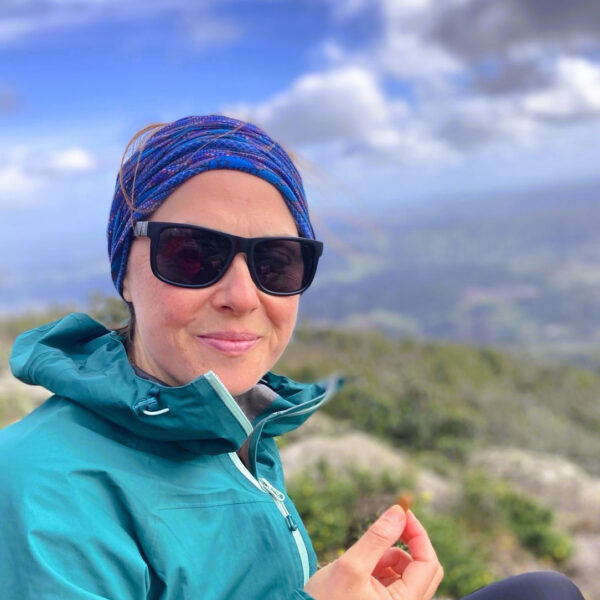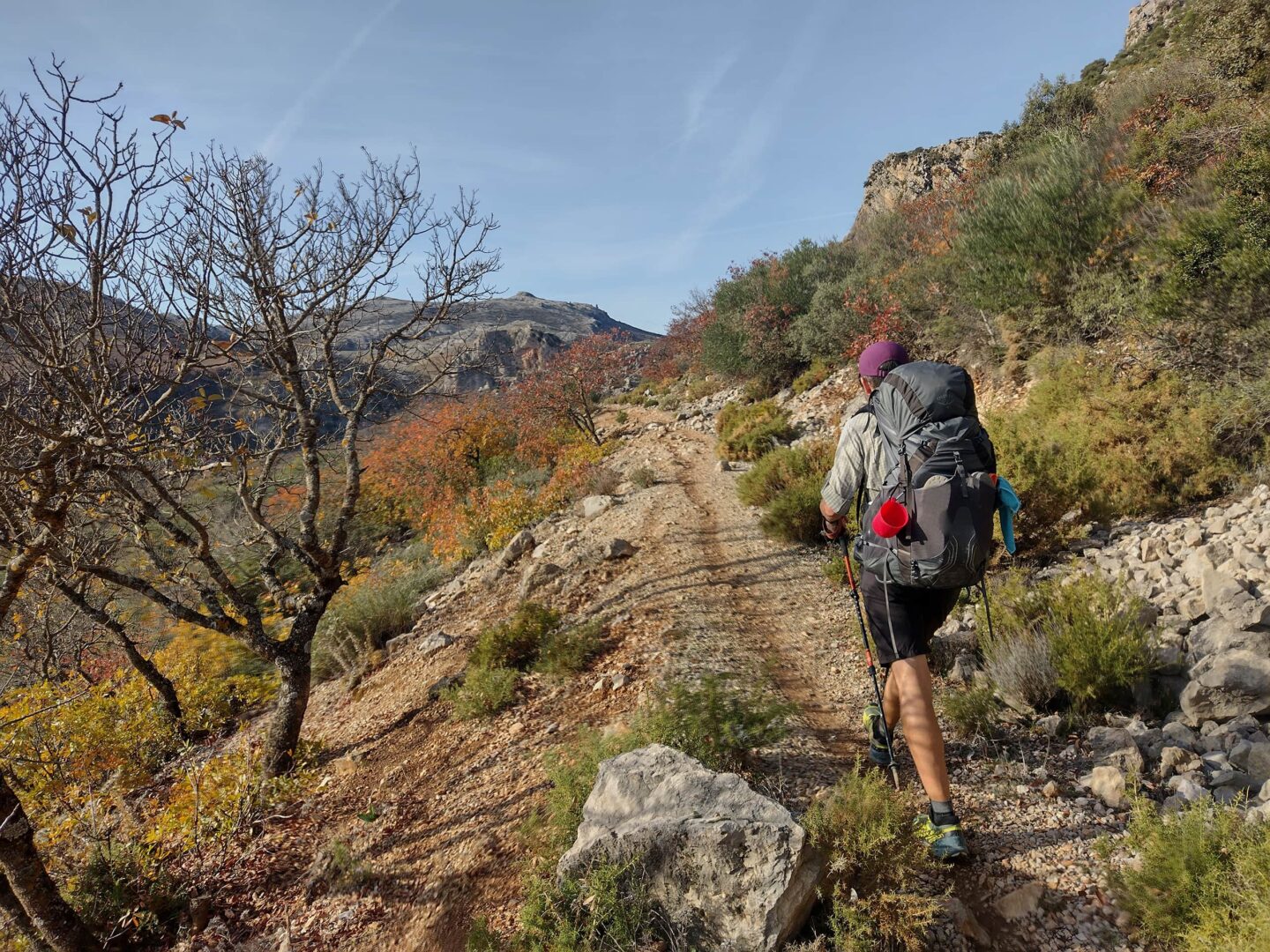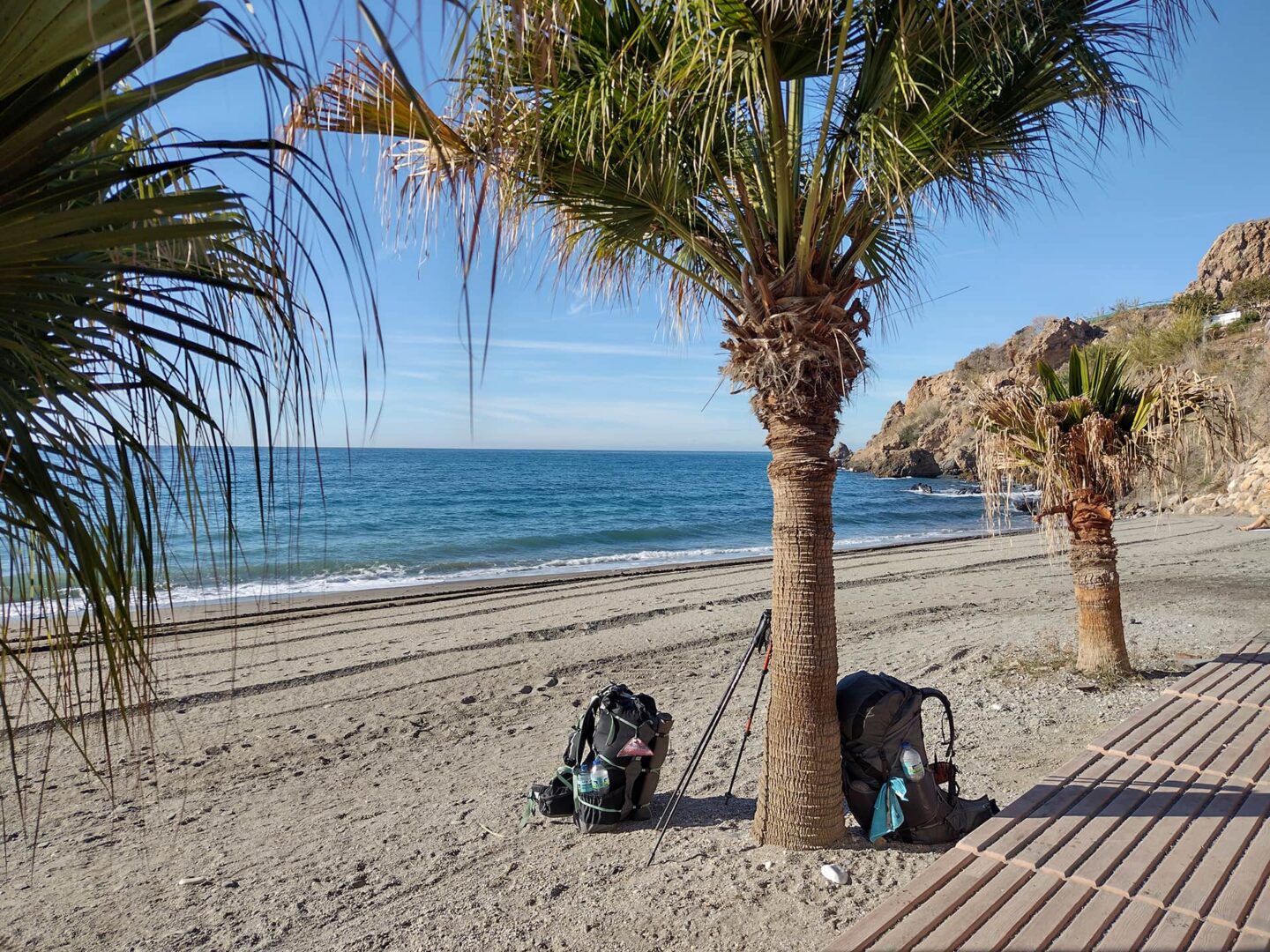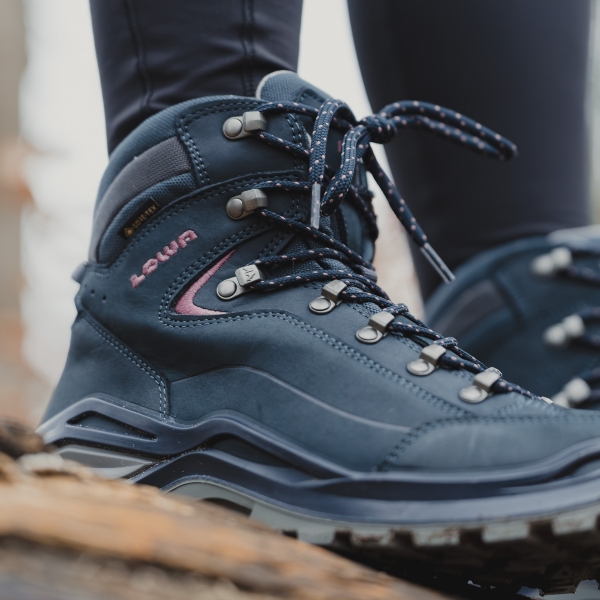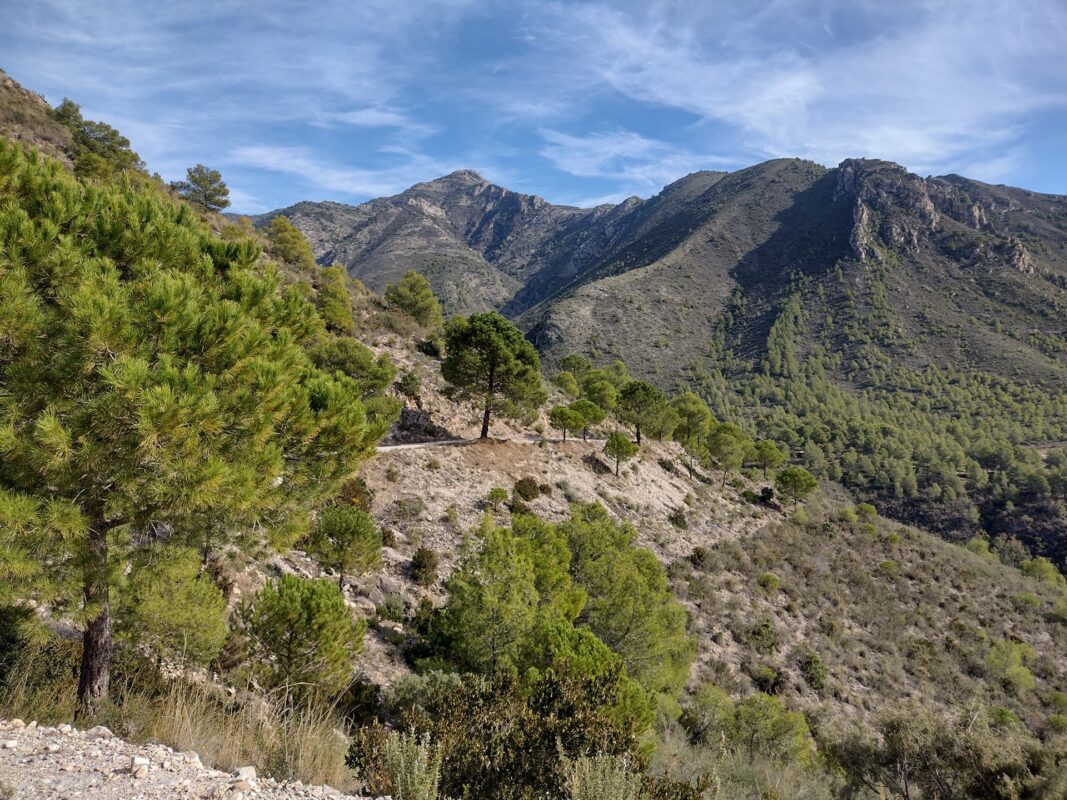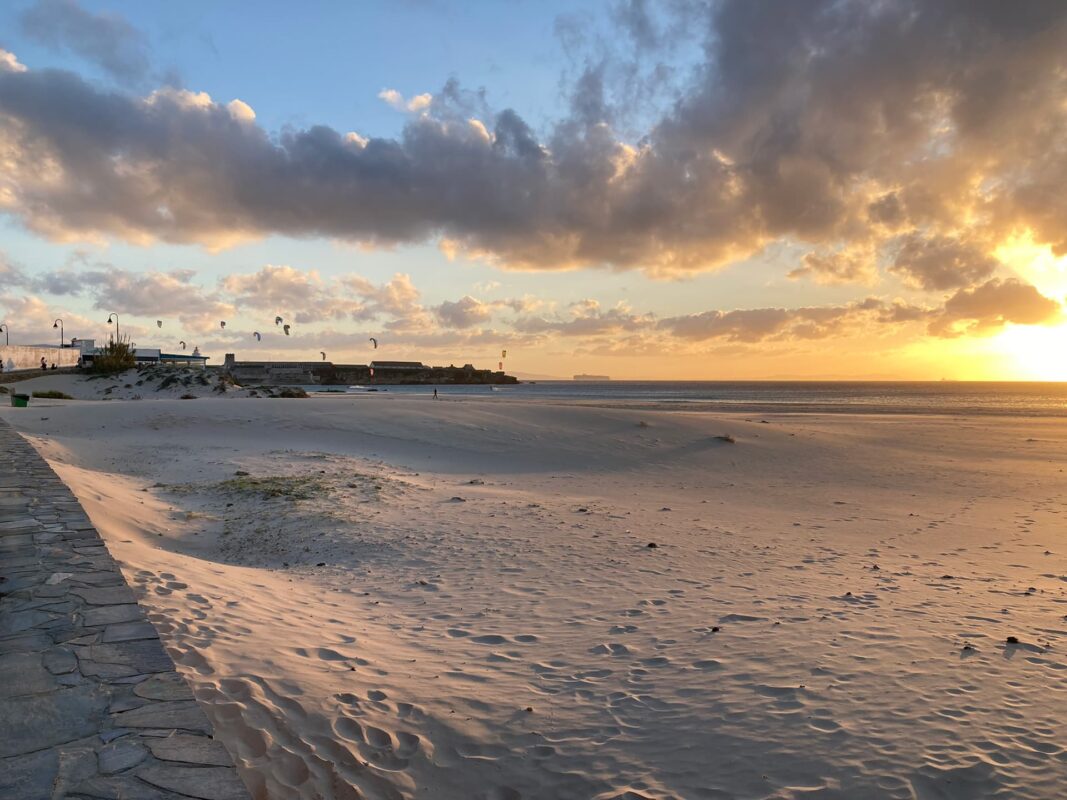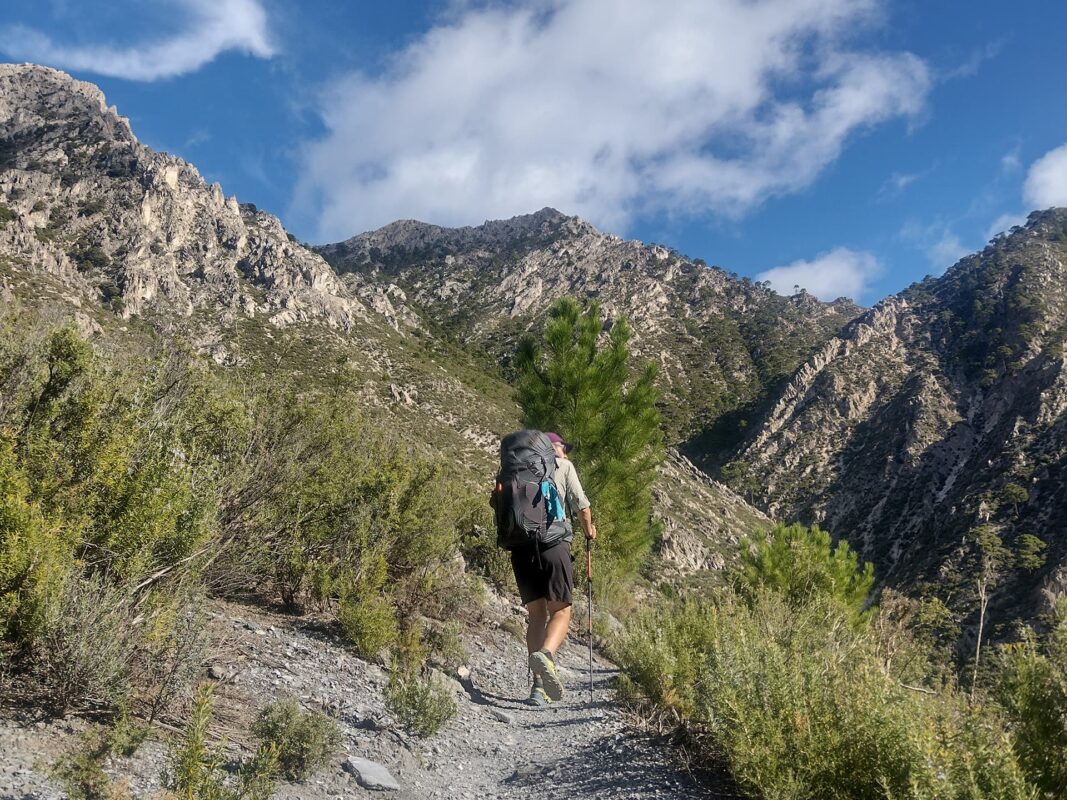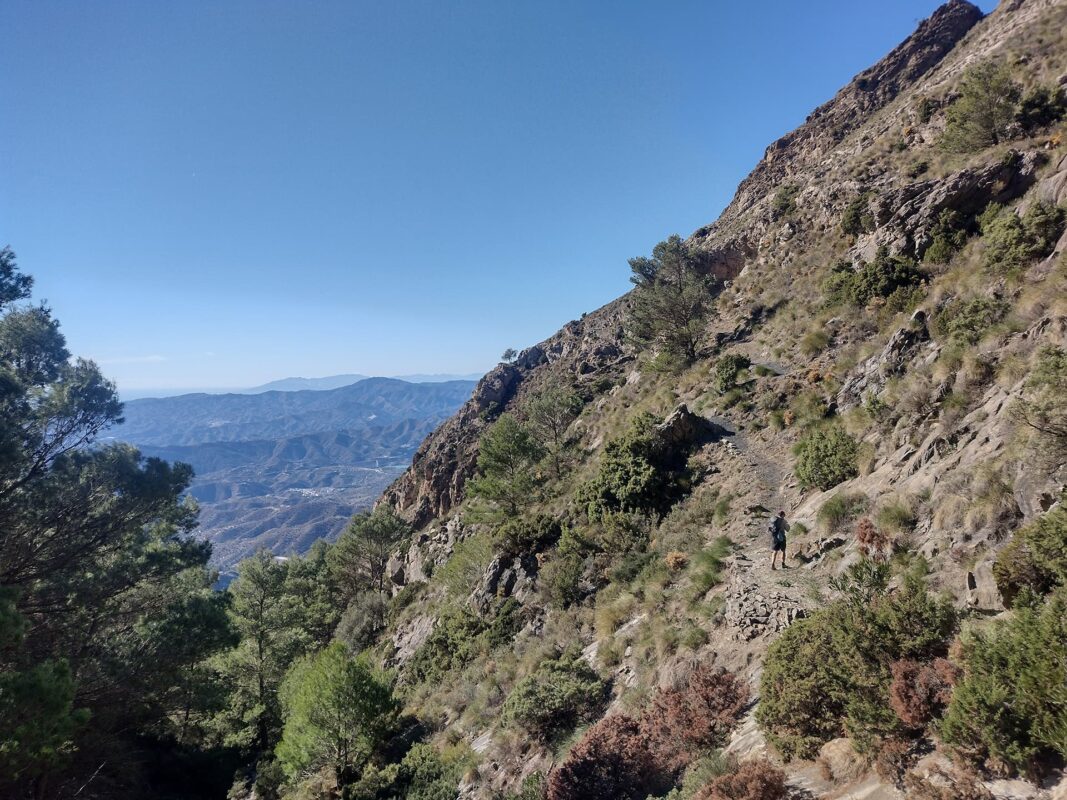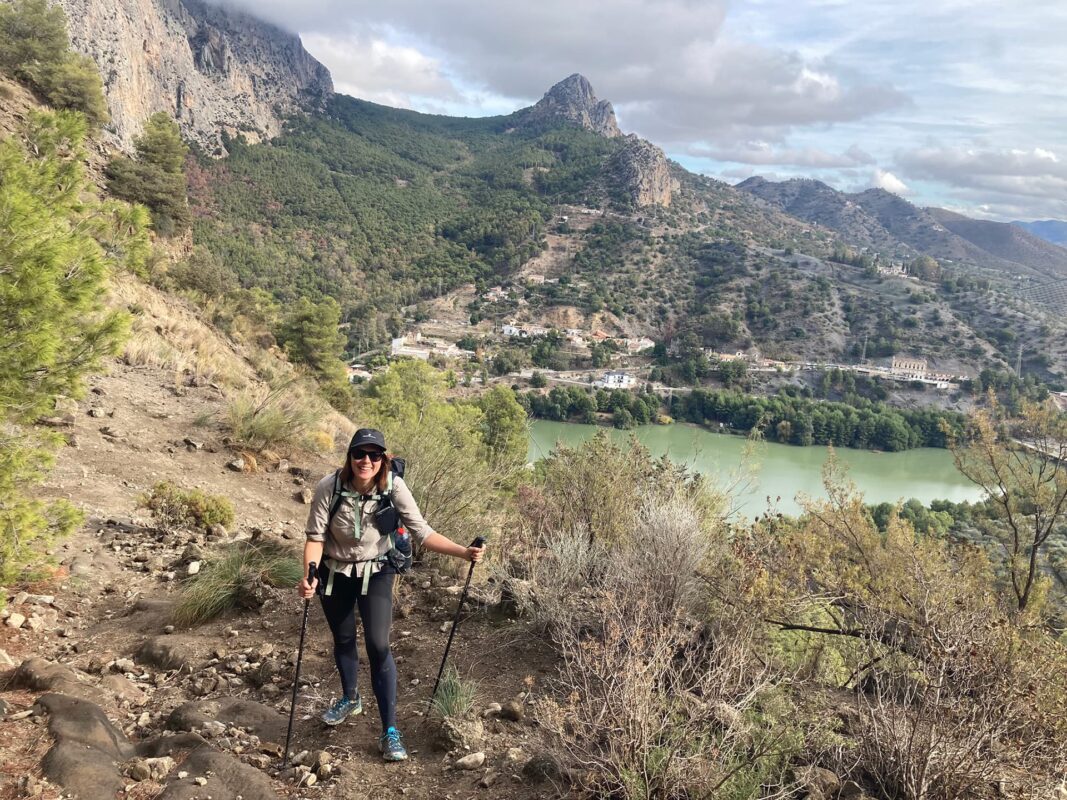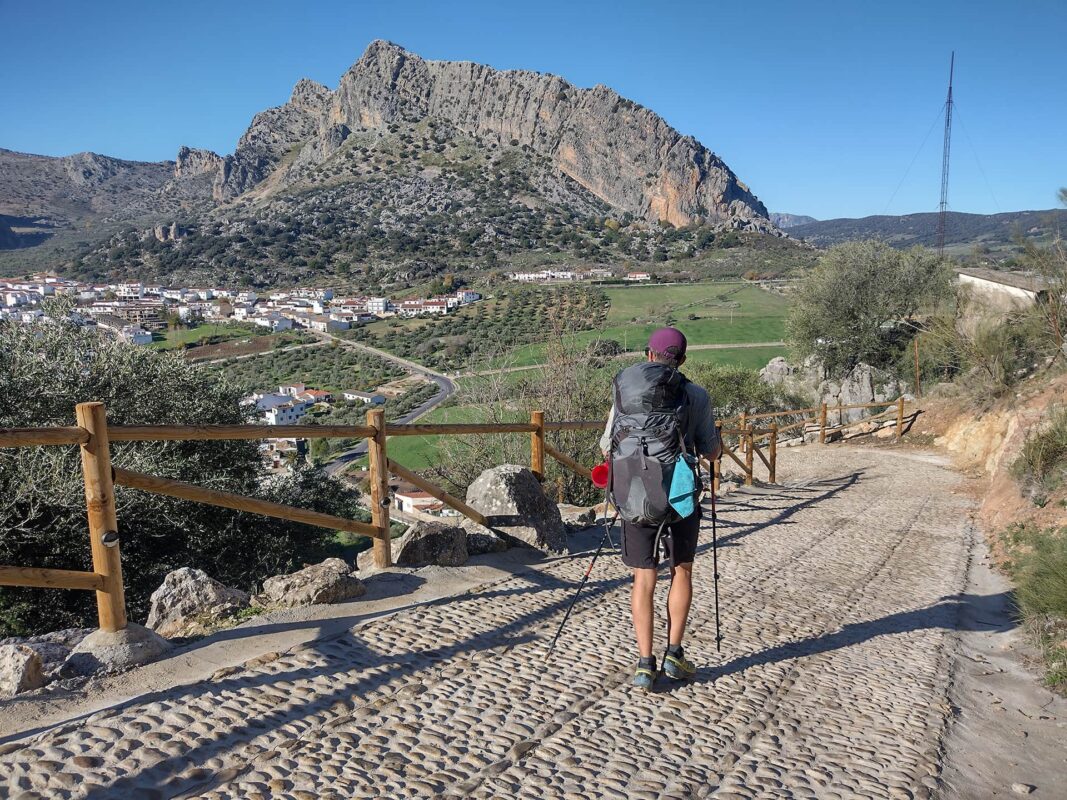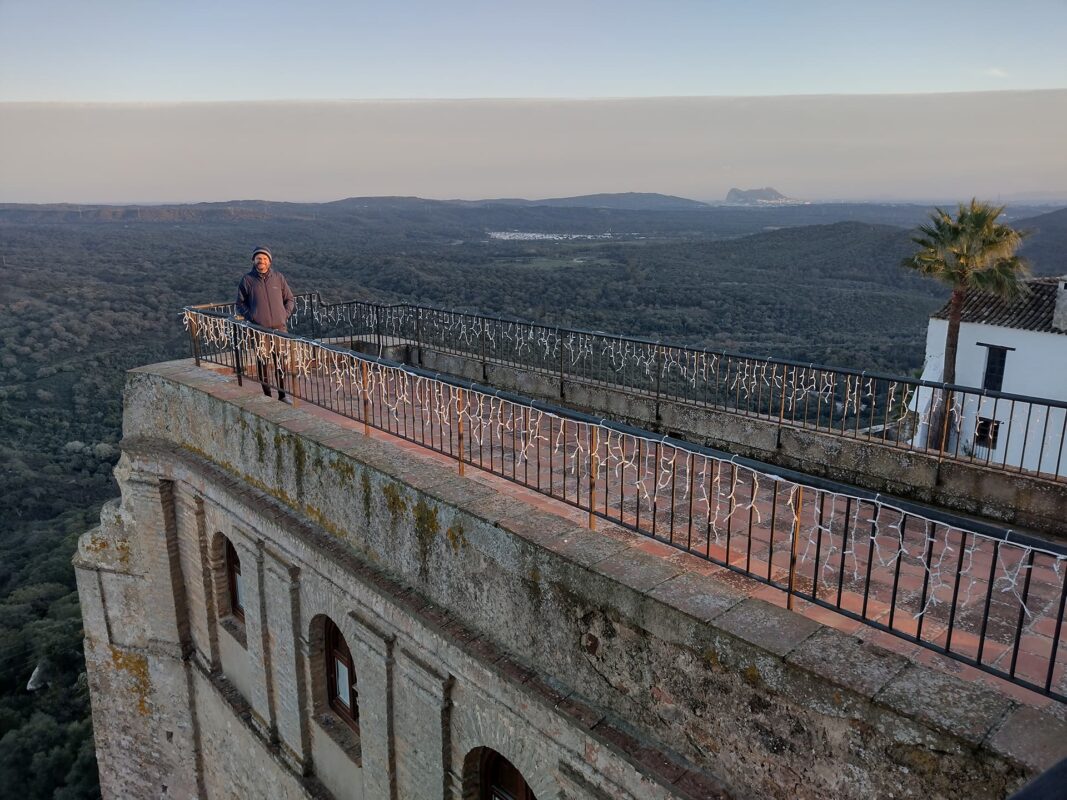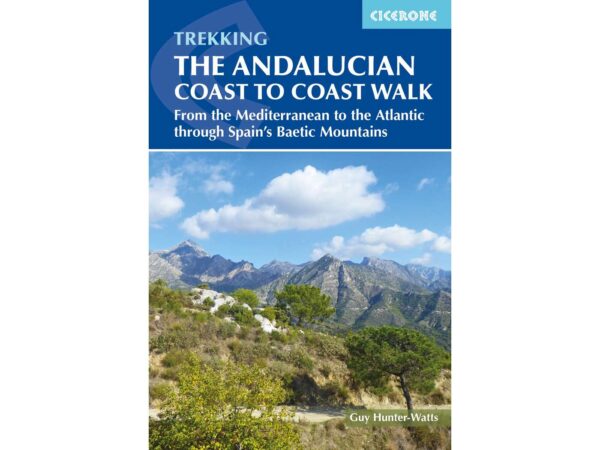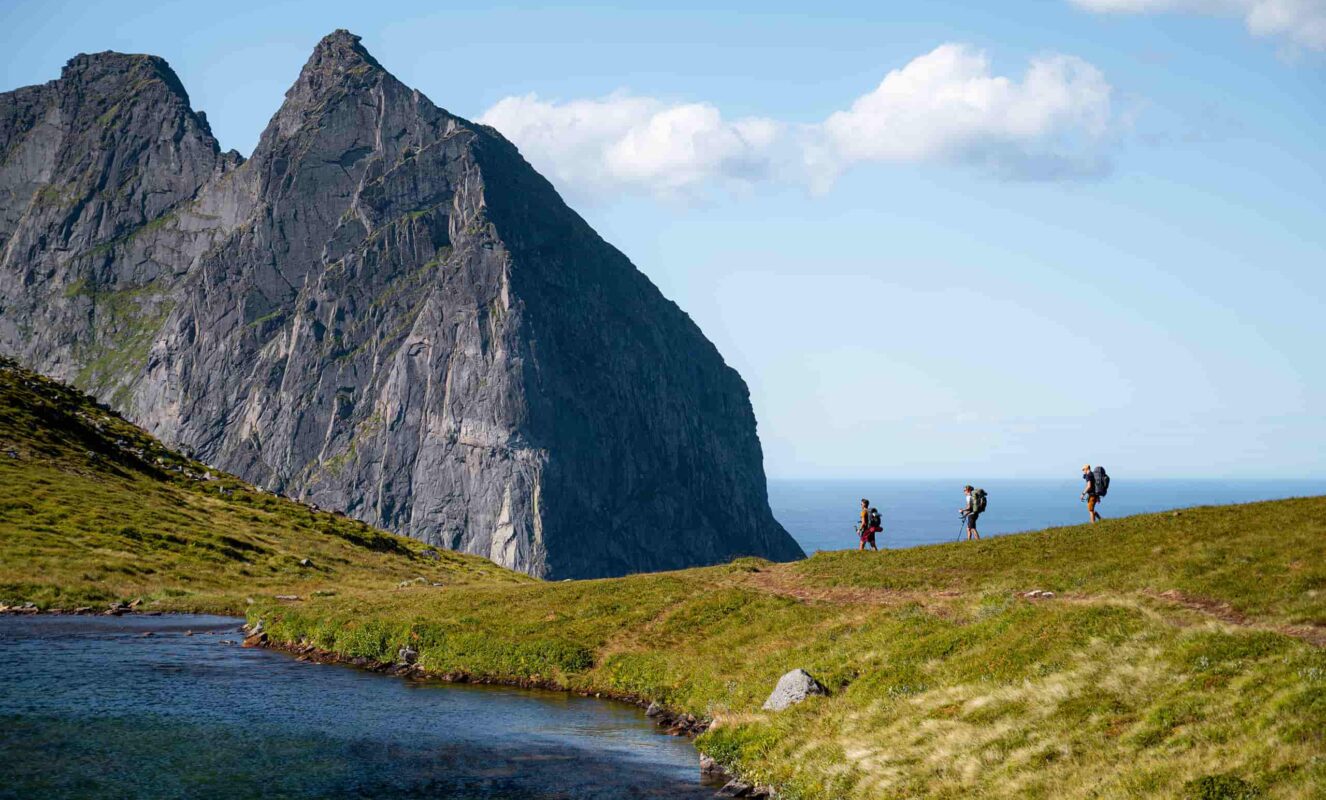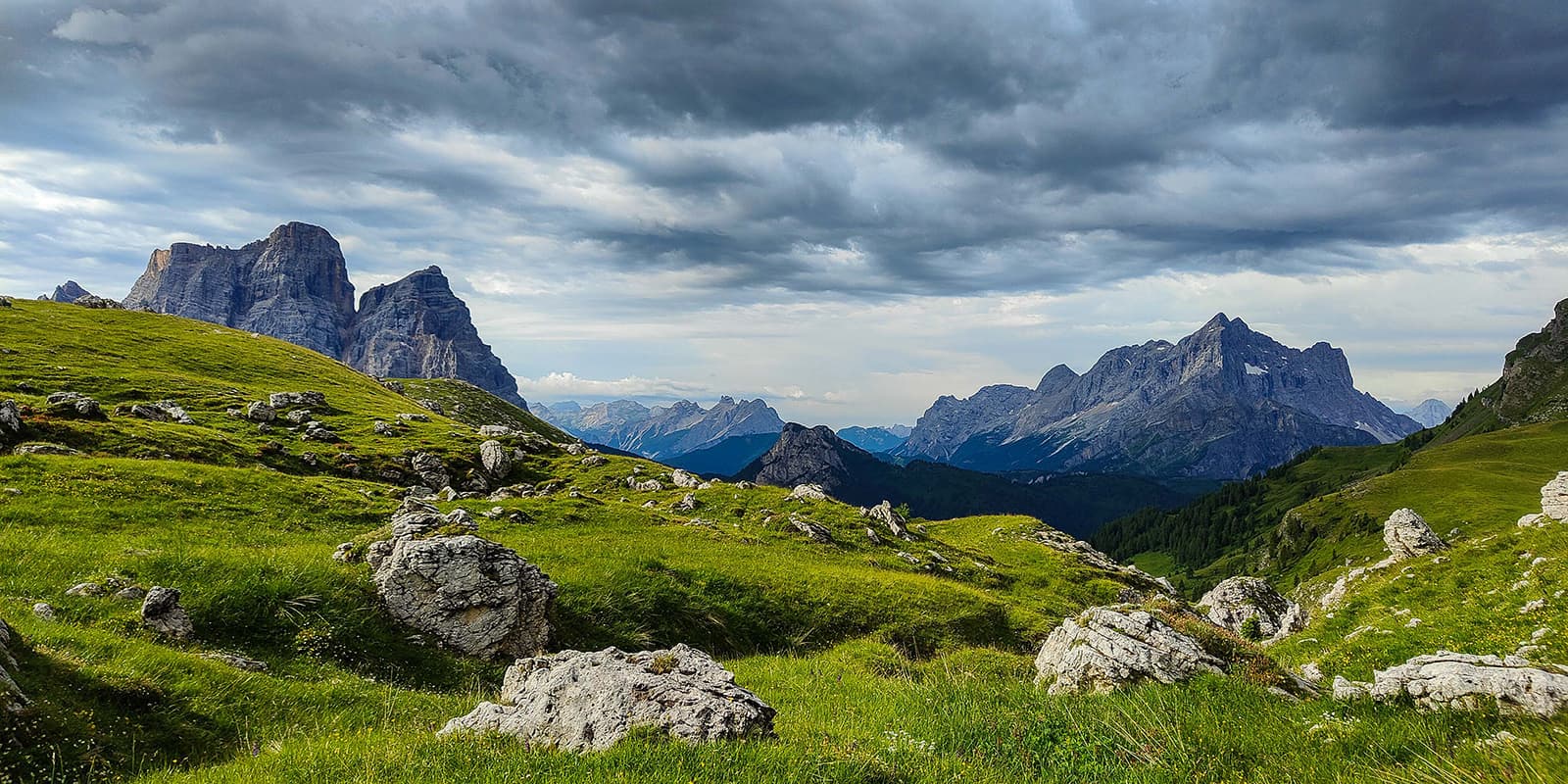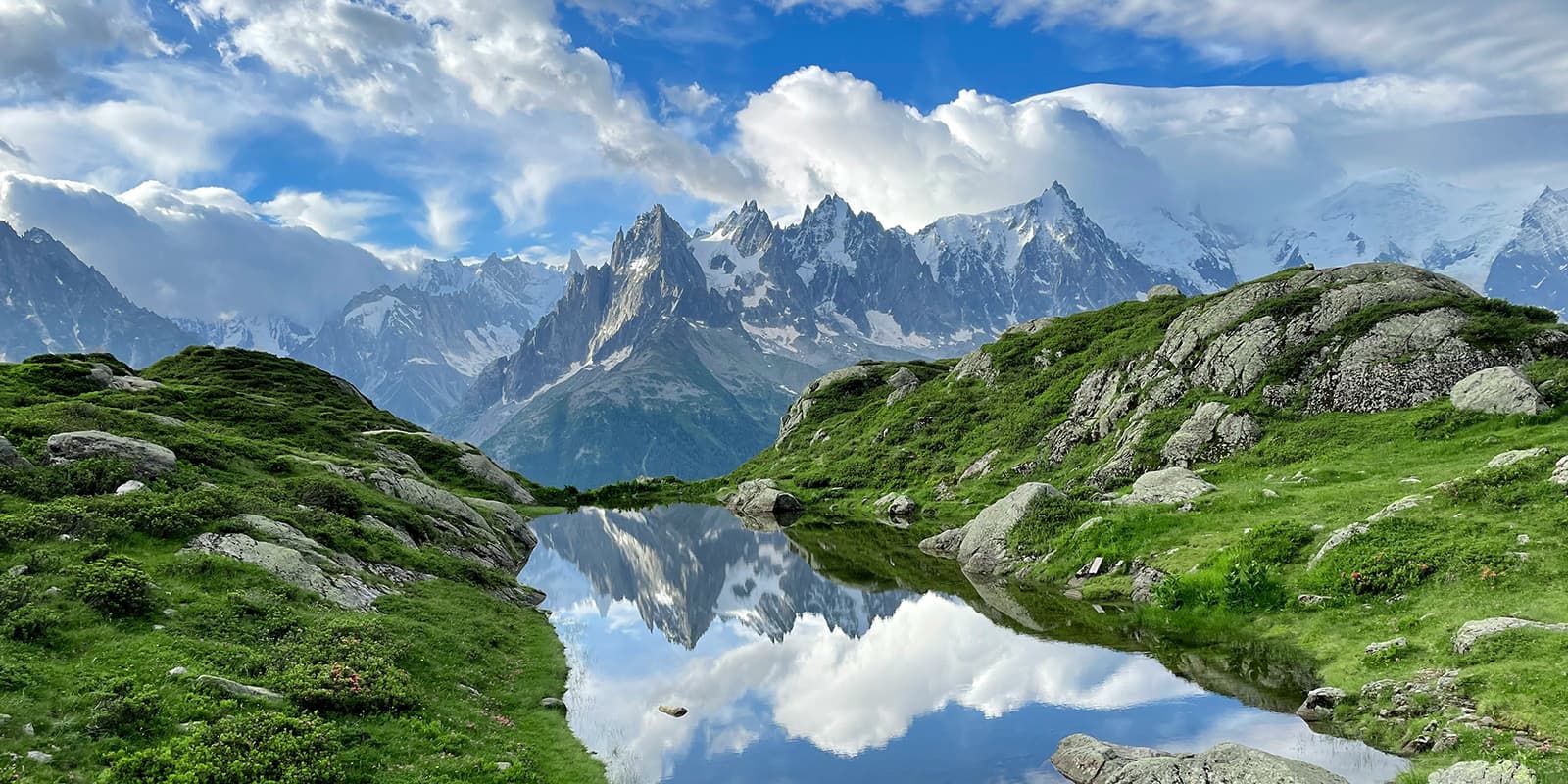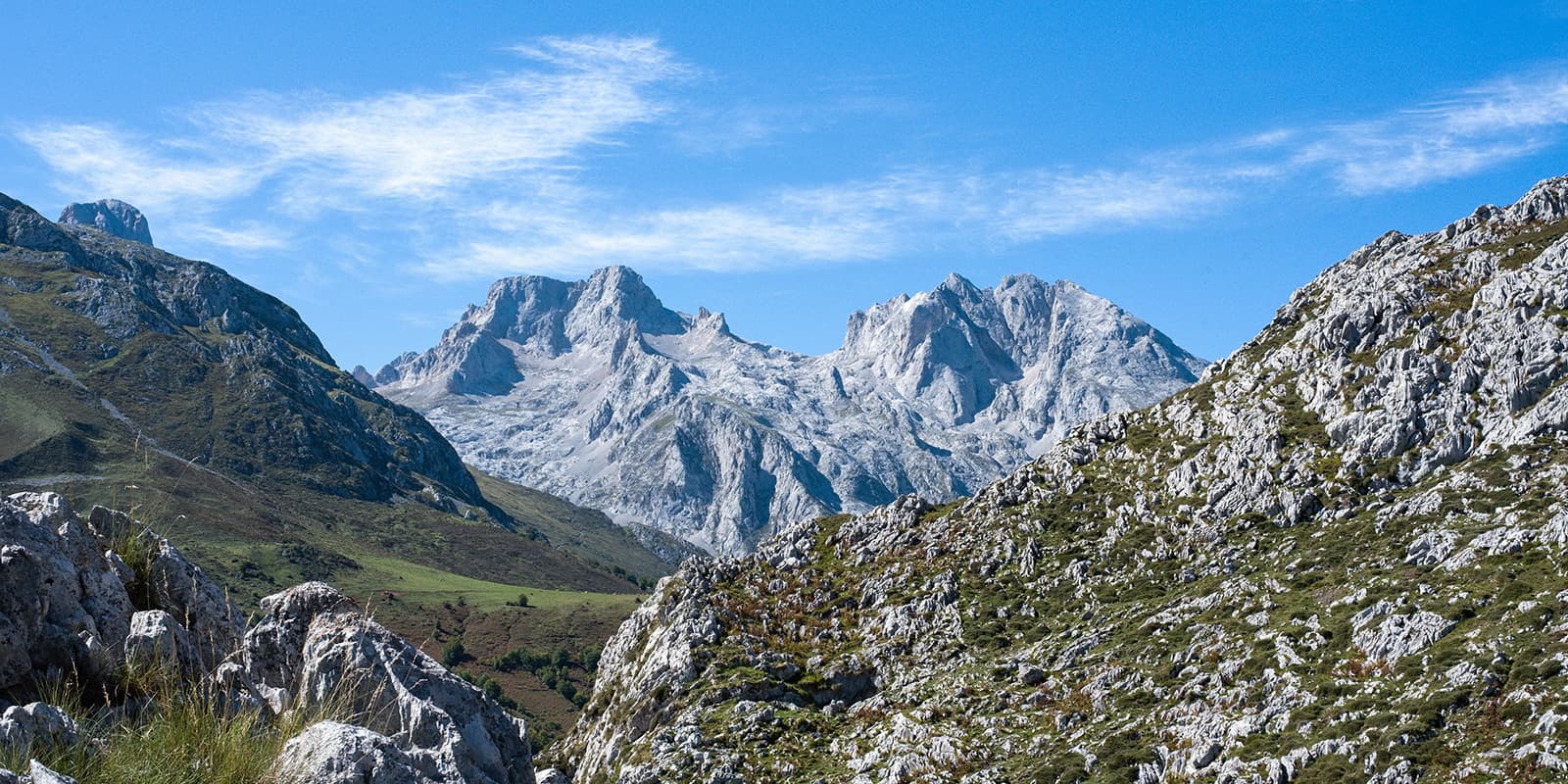The Andalucian Coast to Coast Walk is not so much a formal trail as it is a concept dreamt up by the late Cicerone author and expert on Andalucia, Guy Hunter-Watts. With an average daily elevation of just 587 meters, and the opportunity to stay at guesthouses at the end of each day, this three-week trek is designed to be accessible to all long-distance hikers. However, it still packs a punch, taking you through an amazing variety of terrain, from jagged peaks to rugged coasts to olive, almond, and orange groves.
Although it’s a ‘coast to coast,’ it heads straight into the interior on day one and stays in the mountains, rolling hills, and countryside of Andalucia until the final few days. Heading from east to west, it allows you to stick your toes in the Mediterranean at the very start and in the chillier waters of the Atlantic at the end. Along the way, it explores several mountain ranges and some of the most beautiful whitewashed hilltop villages of the region, including Frigiliana, Competa, El Burgo, Ronda, and Cortes de la Frontera. This is a hike that combines natural beauty with culture, offering you an intimate portrait of rural Spanish life and the history of the region.


